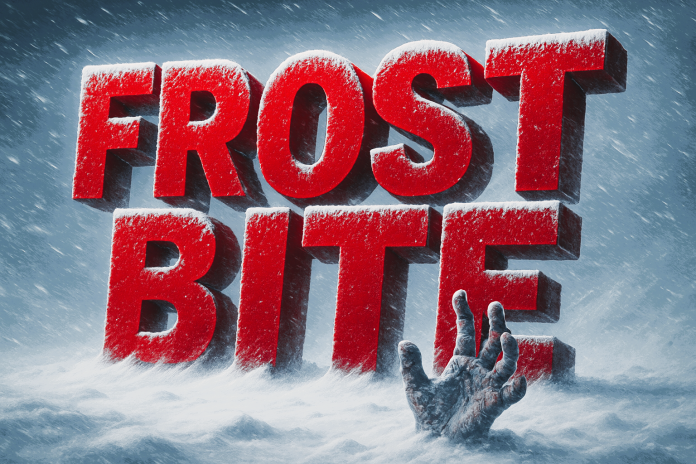Bridgeport, CT – Connecticut may see a sharp plunge in temperatures heading into Thanksgiving week, raising concerns about potential frostbite and hypothermia, according to updated projections from the National Oceanic and Atmospheric Administration (NOAA). The agency’s Nov. 19 temperature outlook signals a significant pattern shift beginning November 25, with colder-than-normal air likely across the Northeast through early December.
According to NOAA, this developing cold pattern is influenced by several atmospheric drivers, including La Niña, the Madden–Julian Oscillation, and the possibility of a rare November sudden stratospheric warming event. The combination may steer Arctic air deep into the North-Central and Eastern U.S., placing Connecticut squarely within the below-normal temperature zone.
With holiday travel surging, outdoor shopping events underway, and residents preparing for parades and gatherings, state health officials caution that frostbite and hypothermia can develop more quickly than many expect—even during brief time spent outdoors.
Common frostbite signs include:
• Numbness or loss of feeling
• Tingling or prickling sensations
• Cold, hard, waxy-looking skin
• Skin discoloration (red, white, blue, gray, or purple)
• Blisters that may appear after rewarming
Ten key hypothermia symptoms:
Shivering, slurred speech, shallow breathing, weak pulse, confusion, memory loss, severe fatigue, stumbling, drowsiness, and—in severe situations—loss of consciousness. Infants may show bright red, cold skin and unusually low energy.
NOAA urges Connecticut residents to bundle in warm layers, protect exposed skin, and limit time outdoors during the coldest periods of the holiday week. Anyone showing frostbite or hypothermia symptoms should seek immediate medical attention and begin gentle warming using warm—not hot—water or body heat.





